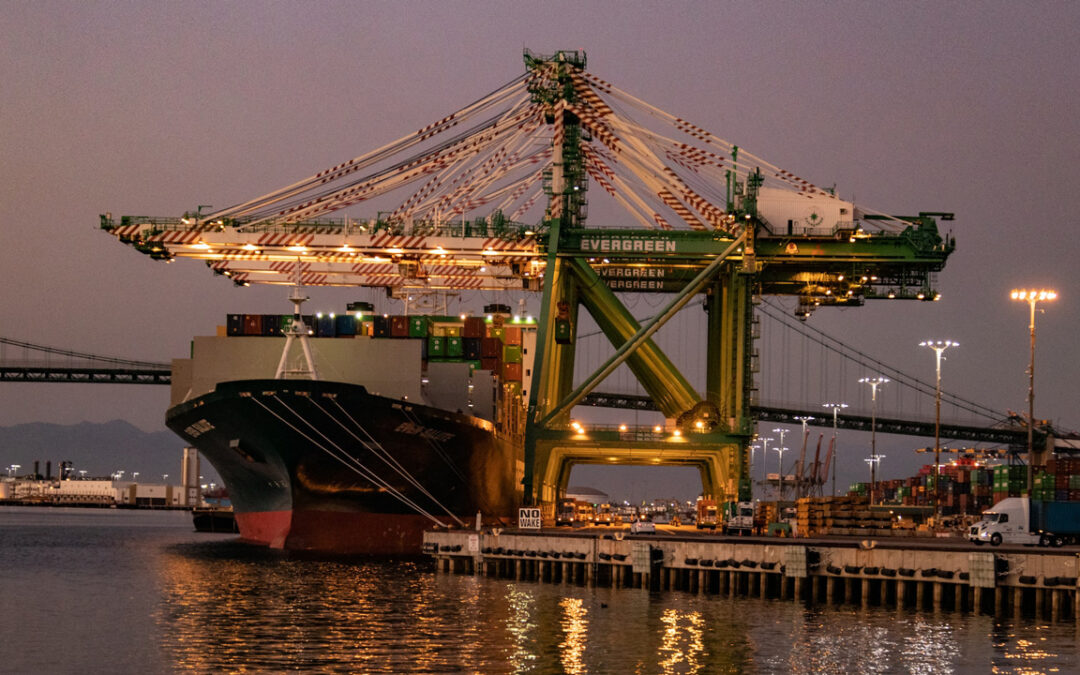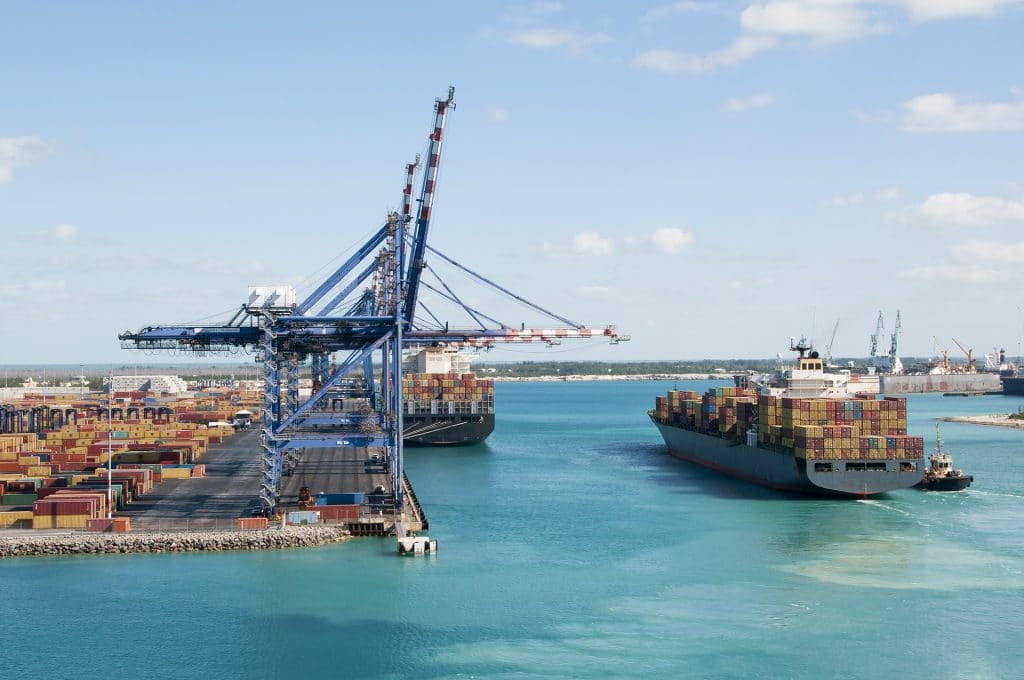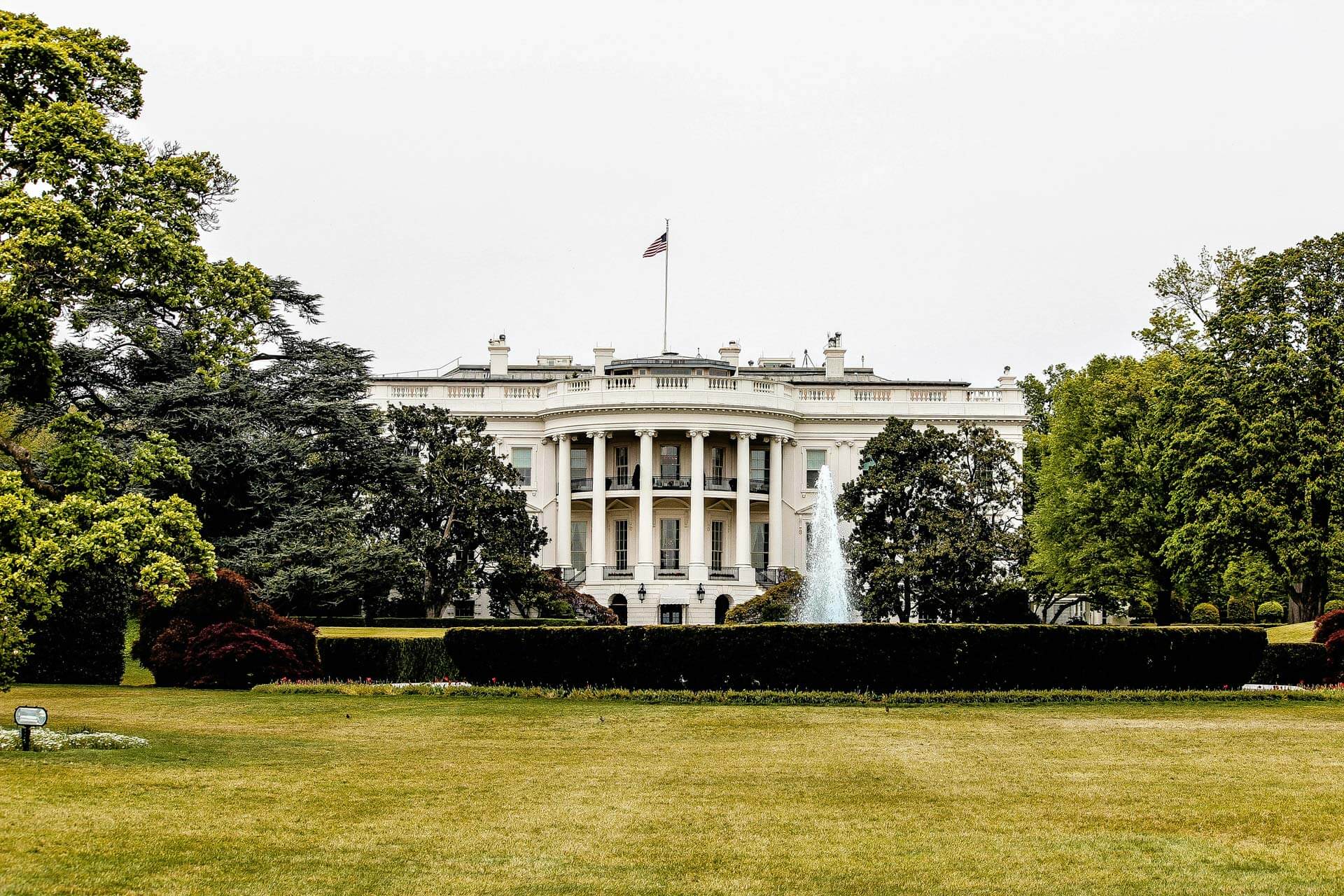This week:
- Vessel schedule reliability to the US East Coast reaches its lowest rate since January as Import Numbers continue to rise
- Port of New York-New Jersey to introduce a new empty container fee for carriers who don’t take enough empties when calling into the port
- US truckers move in numbers back to drayage trucking as the long-haul market experiences rate drops amid rising fuel and insurance costs
- FMC to start creating rules that govern when ocean carriers can deny services to US exporters
- Port of Los Angeles-Long Beach sees trucking efficiency impacted by reduced rail shares, which could further reduce port productivity
June’s Vessel Reliability to the East Coast Dipped While Import Numbers Increased
The East Coast import market for June saw the lowest schedule reliability of 18.3% since January at the start of the year, falling for a second month as import volumes continue to grow and port congestion increases. Schedule reliability fell from May’s 20% as cargo destined initially for West Coast ports continues to be diverted to the East Coast as shippers avoid disruptions from longshore workers contract negotiations.
The growing import volumes to the East Coast are creating problems in some busier ports, further exacerbated by low vessel reliability. Savannah, for example, reported 40 vessels waiting at anchor to call into the port in the last week of July. The West Coast is experiencing the opposite trend, with the average vessel reliability increasing since May’s 22%, reaching 24.8% compared with January’s low of 9.3%.
Retailers predict import numbers will remain strong through the rest of 2022, which will continue to have a more significant impact on the East Coast, but not at the devastating levels of 2020 since many retailers have already ordered early and are backfilling inventory.
Sign up to Receive JMR’s Supply Chain News Roundup, Delivered Directly to Your Inbox Weekly
NY-NJ New Dwell Fee will Target Empty Containers
The COVID-19 pandemic saw a severe capacity shortage in the truckload market, leaving shippers scrambling to find ways to move cargo to and from ports. While the capacity shortage caused by the pandemic is now over, truckload executives and industry leaders still feel that capacity will not grow in the near future and could even shrink as uncertainty remains due to smaller truckload carriers leaving the market.
David Jackson, CEO of the largest US truckload operator Knight-Swift, stated that the company has already seen a contraction in truckload supply. They expect this to continue as the year progresses as contraction outpaces dropping demand. While capacity in the trucking spot market is increasing, it is steadily reducing in other sectors, including the less-than-truckload market.
Small trucking firms that leave the industry are the main drivers of the contraction, with the total number of Federal Motor Carrier Safety Administration operating authority licenses dropping by approximately 6,000 in June among small trucking firms.
The capacity shift towards the spot market during the start and middle of the pandemic may be shifting back to favoring larger carriers now. During the pandemic, many truckers left larger firms to take advantage of premium rates on the spot market as shippers sought to overcome severe supply chain bottlenecks. With less demand on the spot market and shippers transferring to contract carriers, many drivers may now look to move back in with the larger firms, creating more uncertainty regarding how carriers will manage and distribute truckload capacity throughout their networks.
Container Availability Not an Issue for Ports Throughout Asia
As North America and Europe both have hundreds of thousands of shipping containers locked up throughout their supply chains, sitting on ships and in ports waiting to be loaded or at transloading and deconsolidating facilities, shippers have no issue finding empty containers throughout China and many other parts of Asia.
In North America and Europe, the number of containers locked up in the supply chain is causing some issues for shippers and forwarders who cannot easily locate empty containers in some regions. However, softening demand for Asian imports combined with last year’s record levels of container production mean there are excessive stocks of empty containers in China and Asia not seen elsewhere in the world.
To compare the stark differences in container availability between origin and destination, the Port of Los Angeles currently has 29,000 containers waiting for trains and an average dwell time of 7.5 days. This figure typically sat at around two days in previous years. Generally, the average time from when an importer in the US receives an empty container to when said container returns after its journey is 50% longer than at the start of the year.
No such delays have been reported from China’s main ports and container facilities. However, there is a possibility that bottlenecks and extended dwell times throughout the US and Europe could eventually have a toll at origin. So far, at least one ship has been unable to depart from Long Beach for Asia due to a shortage of empty containers needed for the vessel’s seaworthiness, indicating that empty containers are struggling to make their way back to origin.
OSRA-22 and Preventing the Denial of Export Services
The new Ocean Shipping Reform Act of 2022 is turning the attention of the Federal Maritime Commission (FMC) to clarifying rules around when an ocean carrier can and cannot deny service to US export cargo. Part of OSRA-22 requires the FMC to deliver a set of regulations governing when it is unreasonable for carriers to refuse service by November, as well as developing tools to calculate when a vessel has adequate space to take additional cargo.
The new rules are a response to the US agricultural exporters’ disadvantage during the pandemic when consumer spending was booming. Spending patterns in 2020 and 2021 encouraged carriers to prioritize high-paying imports, often outpricing small-to-medium-sized US businesses whose exports were not loaded. Carriers during this time were also incentivized to send empty containers directly back to Asia rather than reposition them within the US supply chain, further disadvantaging US-based exporters.
On July 27, the FMC began discussions regarding when a carrier can refuse service when there is enough vessel space, albeit without guidance from legislators.
LA-LB Rail Import Cargo Reached Record Lows at Start of Year
In the first four months of 2022, the share of imports moving by rail through California from Los Angeles-Long Beach fell to record lows. The pre-pandemic era saw LA-LB with a rail share of 67.9% in 2019, dropping gradually over the coming years to 56.8% in 2021 and just 40.8% this year after the most recent dive. As a result, the number of intermodal trains serving the port has also dropped since 2019.
Such a steep drop in rail service is taking its toll in other areas of the port, such as increased average truck turn times, which rose by four minutes between June and July. With another peak shipping season right around the corner, an inadequate rail service that is now interfering with the port’s trucking capabilities could lead to further complications.
Rail container dwell times in June reached record highs of 13.3 days, compared with May’s average of 11.3 days. However, the railroads that serve the port have stated that the LA-LB rail is metered to avoid overloading other congested ramps elsewhere in the country, like Chicago, where cargo is not being picked up by shippers fast enough. Ocean carriers also contributed to the issue over the last two years by encouraging and discouraging inland point intermodal (IPI) bookings and causing surges in rail volume, leading to further ramp congestion and unpredictability.
Until the railroads are able to self-correct to handle increased rail traffic from LA-LB, shippers and other supply chain professionals will need to keep an eye on America’s largest container port’s congestion levels and efficiency.
Featured Photo Credit
Photo by Cedric Letsch on Unsplash






